Call it your bottom, butt or bum, your gluteus maximus or glutes for short is arguably the most important muscle in your body after your heart. Your glutes help stabilize your femurs to ensure your hips and knees function optimally, is your main hip extender which makes them essential for all running, jumping and lifting activities and also give you something comfortable to sit on and stops your jeans from falling down! Spending long periods of time sat down and focusing on exercises leg extensions and leg curls rather than squats, lunges and deadlifts can leave you with and flat and flaccid butt which is not ideal for athletic performance or appearance. In fact, it is safe to say that a great many people are turning into butt-less wonders. Weak glutes can also contribute to back pain because, when you lean over to lift something, your butt SHOULD be doing some of the heavy lifting however, if it is weak, your lower back will have to take on more of the load and that is a recipe for back injury and long term discomfort.
It’s time to stop the rot and start building better butts!
The following workout is designed to help you build a better butt. Start light and gradually increase the weights you are using over a period of weeks or even months to reduce your risk of injury. Take care to perform each and every exercise with the best possible form to ensure the work is done by the target muscles and not other parts of your body. As this workout includes a lot of leg work too, it is ideally included as a second leg workout performed a few days after your normal leg workout or in place of it.
|
Exercise |
Sets |
Reps |
Recovery |
|
|
1 |
Supine Hip Bridge |
3 |
12 to 15 |
30 seconds |
|
2 |
Single Leg Stiff Legged Deadlift |
3 |
10 to 12 |
30 seconds |
|
3 |
Snatch Grip Deadlifts |
4 |
6 to 8 |
90 seconds |
|
4 |
Two Handed Kettlebell Swing |
4 |
12 to 15 |
|
|
5 |
Reverse Lunges off a Step |
2 each leg |
8 to 10 |
45 seconds |
Supine Hip Bridge This first exercise is designed to “fire up” your glutes so that they are working optimally for the remaining exercises. By the end of the third set, your glutes should be well and truly awake and ready for some real butt-busting moves!
-
Lie on your back with your legs bent and feet flat on the floor. Place your feet as close to your bottom as possible
-
Push down through your heels and lift your hips up until there is a straight line from your knees to your shoulders
-
Lower your hips back down to lightly touch the floor and then repeat
-
Rest and hold a weight on your hips for a more demanding workout
Single Leg Stiff Legged Deadlift
Single leg exercises are a great way to develop balance and coordination. They also highlight muscle imbalances so don’t be surprised if you find that this exercise is easier on one leg than the other. Perform your weaker side first and match the repetitions performed with your strong side. If you find balancing a challenge, perform this exercise stood sideways on to a wall. As your balance improves, move away from the wall.
-
Stand on one leg with a dumbbell held in the opposite hand
-
Bend your weight bearing knee slightly for balance and stability
-
Bend forwards from your hips and extend your non-weight bearing leg behind you
-
Lean as far forwards as your balance will allow – ideally until your upper body and non-weight bearing leg is parallel to the floor. Let your arm hand straight down from your shoulder
-
Stand back up and then repeat. On completion, change legs
-
Adjust the weight of the dumbbell to suit your individual strength levels. It may be necessary to perform this exercise using your bodyweight only
Snatch Grip Deadlifts
Deadlifts are a champion glute exercise. The heavy weights combined with a powerful hip extension means that, in terms of developing a strong and capable bottom, the deadlift is hard to beat. Performing this exercise while using a wide or snatch grip increases the range of movement that your hips must work though. A greater range of movement means a more demanding exercise.
You may find you need to use lower weights than your normal deadlift loads but that’s okay – the increased range of movement will more than offset this.
-
Stand behind a loaded barbell placed on the floor – your feet should be shoulder width apart and your toes just under the bar
-
Squat down and grasp the bar with an overhand grip. Your hands should be at least one and a half shoulder widths apart – roughly the distance from elbow to elbow when your arms are raised perpendicular to your body
-
With your arms straight and shoulders pulled down and back, drop your hips, lift your chest and tense your core. Make sure your hips are lower than your shoulders and your lower back is tightly but not excessively arched
-
Keep your chest up and push down through your heels. Extend your knees and hips simultaneously to stand up straight
-
Push your hips back, bend your knees and lower the bar down to the floor
-
Touch the weights lightly on the floor – no bouncing! – and repeat
-
You can make this exercise even more glute-centric by standing on a 4 to 6 inch platform
Two Handed Kettlebell Swing
Where as the snatch grip deadlift develops hip strength, the kettlebell swing develops hip power. Power is best defined as force generated at speed which means that you are really going to fire that kettlebell up into the air! Try to use a heavy kettlebell for this exercise – this is no high-rep set for muscular endurance or cardio! If you haven’t got a kettlebell, a single heavy dumbbell will do fine.
-
Stand with your feet shoulder width apart and the kettlebell held in front of your hips – remember to keep your arms straight throughout
-
Bend your knees slightly. This is a hip dominant exercise so try to minimize the involvement of your knees
-
Push your hips back and lower the kettlebell between your knees – you should feel a stretch in your hamstrings
-
Drive your hips forward and use the momentum generated by your hips to swing the kettlebell up to shoulder-height. If you have a lighter kettlebell, feel free to swing it a little higher
-
The hip action in the kettlebell swing is the same as a standing long jump. Imagine you are trying to leap forwards as far as you can but instead of jumping you are using your hips to drive the kettlebell forwards. Get this right and you’ll never perform a knee dominant kettlebell swing again!
-
Let gravity bring the kettlebell back down and then repeat. Establish a smooth, unhurried but powerful rhythm for the duration of your set and remember hips, Hips, HIPS!
Reverse Lunges off a Step
Your final glute exercise is very challenging and takes the traditional lunge and turns it into a superbly effective glute-centric exercise. By performing this exercise off a step you will be increasing the range of movement at your hip which, as you saw in the snatch grip deadlifts, makes your glutes work much harder. In terms of loading, a barbell will encourage a more upright posture than dumbbells but requires more balance. Dumbbells are easy to balance with as your centre of gravity is lower but they tend to promote a rounded upper back. Use whichever option is best for you but make sure that, if you use dumbbells, you keep your chest up and shoulders back at all times.
-
Stand on a four to six inch step with dumbbells in your hands, a barbell across your shoulders or just using body weight if appropriate
-
Take a large step backwards and then bend your legs to lower your rearmost knee to within one inch of the floor
-
Push off your rear leg and dynamically return to the starting position
-
Immediately perform another repetition with the SAME leg
-
On completion, rest a moment and then perform a second set leading with your opposite leg
Now you know why and how to build a better butt, you are well on your way to a strong, functional rear end that not only works well but looks great too!

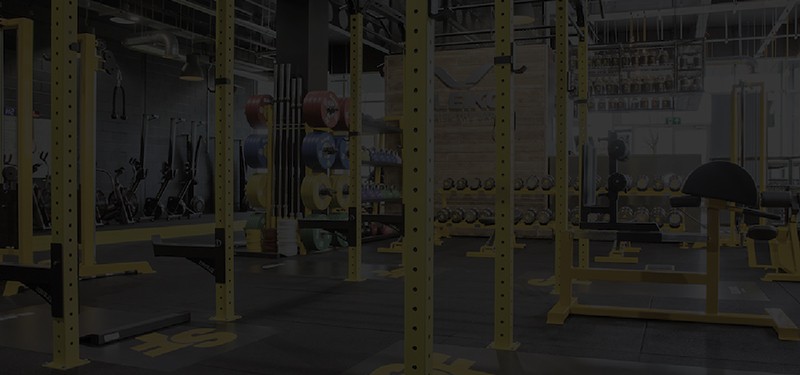
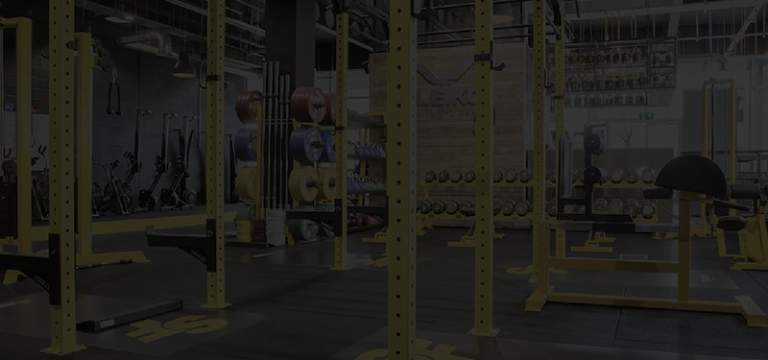
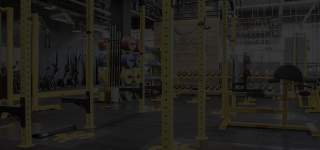
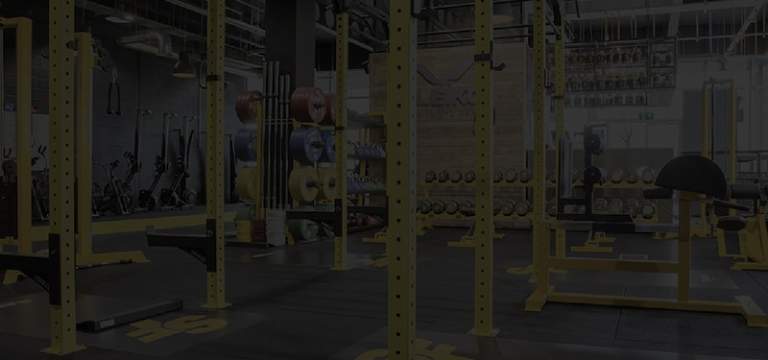
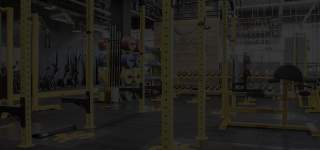
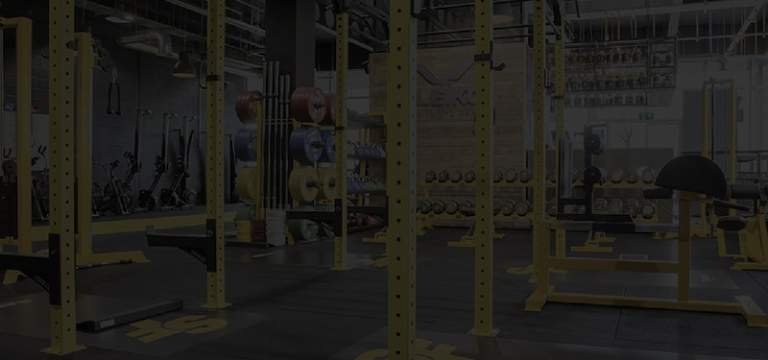
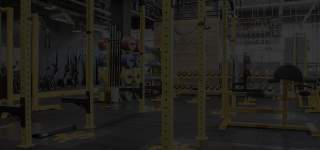
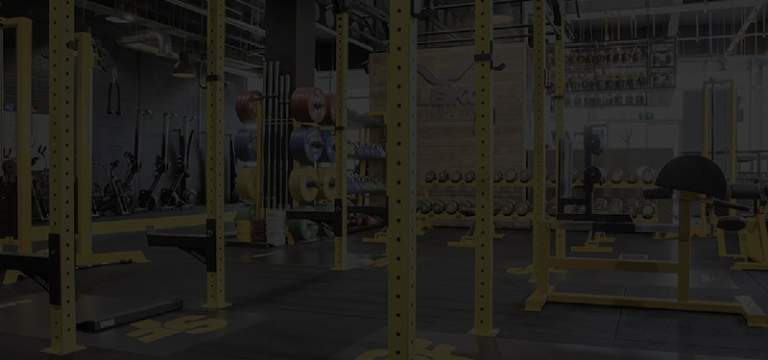
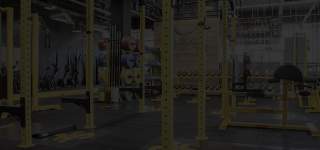
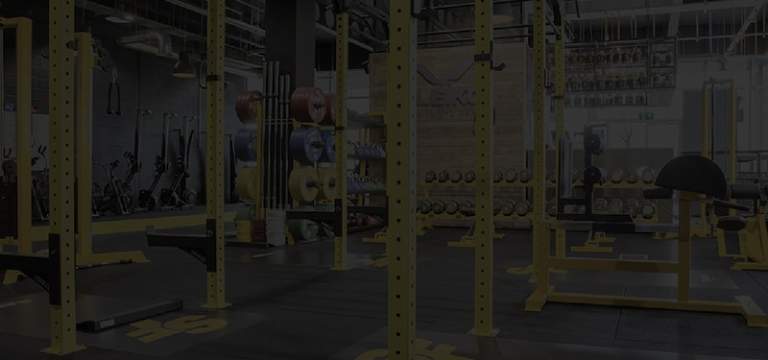
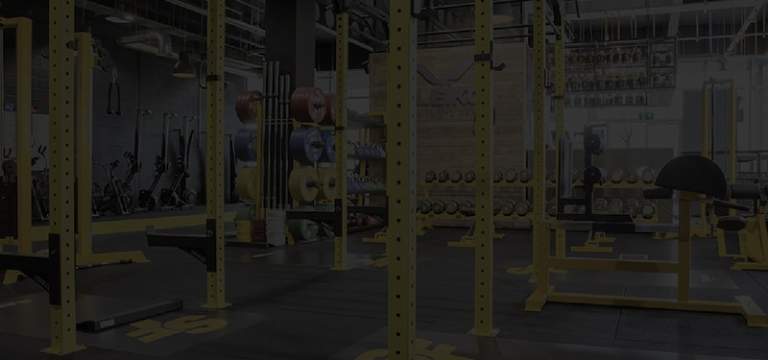
13 Comments
Comments are closed.